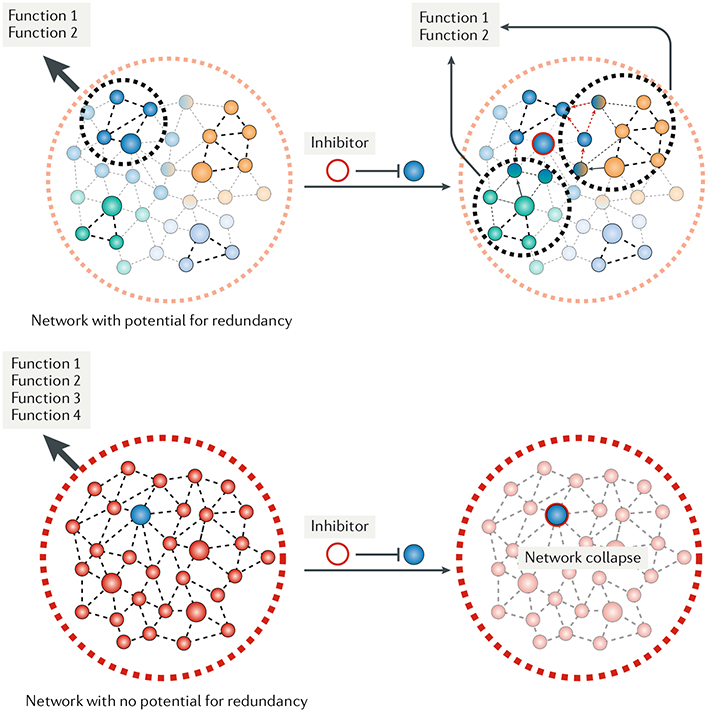Fig. 3 |. Chaperome networks use redundancy to protect from temporary or partial impairment.

An easy way to understand redundancy is to think of a technical network (for example, a power grid). In this model, when a primary path is unavailable, an alternate path can be instantly deployed to ensure minimal downtime and continuity of network services. In a biological system, redundancy has a similar connotation and provides chaperome networks with a rapid response to insults, whether genetic or environmental stress, or to drugs targeting any of the chaperome network components. Under normal conditions or perhaps low stress (that is, type 2 tumours), the networking capacity of the chaperome is in place but executed via flexible interactions between network components31. Here, inhibition of chaperome units may be overcome by transfer of the workload to another chaperome or chaperome machinery In reality, networks cannot be infinitely redundant, and at some point, one may imagine that the entire network, including fail-safe systems, must be utilized; such is the case in conditions of high stress (such as with MYC hyperactivation), where the many connections between chaperome components become occupied and the network, which we call a hyperconnected chaperome network, reaches full capacity and may become ‘rigidʾ (REFS35,186). Here, the range of adaptive responses is diminished, and cancer cells are now vulnerable to therapeutic interventions that target critical hubs and nodes. In this sense, the stresses encountered by a cancer cell leads to depletion of the networking capacity of the chaperome and stabilization of network connections. Unlike dynamic chaperome networks, which can restructure under stress, this hyperconnected network lacks ʿrestructuring capacityʾ and collapses after inhibition of a key chaperome network unit.
